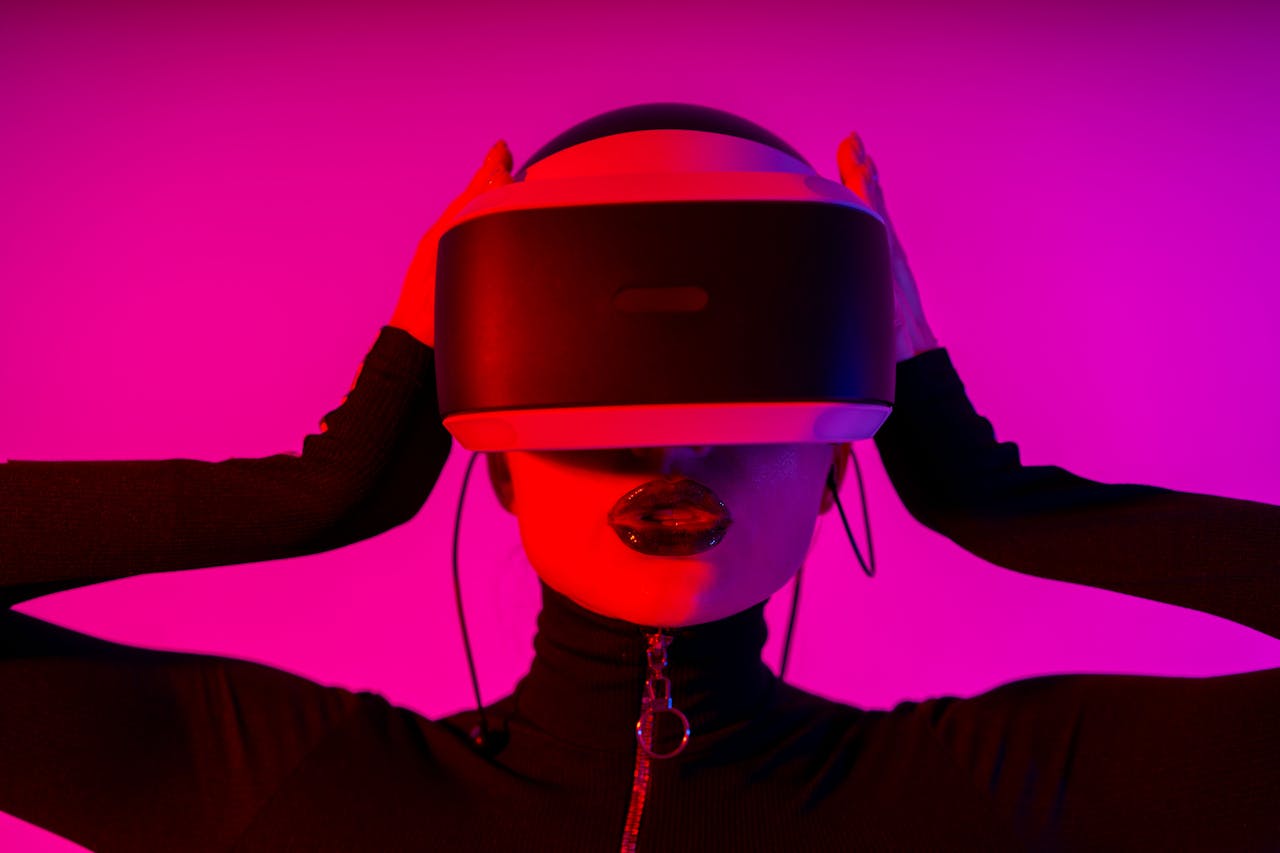Thought— 3 Min Read
Three, No, Four Realities
by Case Greenfield, March 1st, 2021
Thought – 3 Min Read
Three, No, Four Realities
by Case Greenfield
March 1st, 2021
Reality seems straightforward. It seems what it is. But if you dig deeper, reality is not so simple. It is not what it seems. Our brain creates its own reality. And is there a universal reality, at all?
1 – Universal reality
Let me call the universal, objective reality out there the ‘universal reality‘. It is the universe – and maybe beyond – and everyting that it comprises. Space, time, matter, milky ways, stars and planets, living creatures, and presumably undetectable ‘objects’ and ‘matter’, such as dark matter. Up to elementary particles, force fields, energies, whatever those really are. Although there are interesting theories emerging every year, eg. that the universe is a neural network, we really can only guess about its true nature. It is not an interpretation of our brain. It simply exists, even if we would not exist.
2 – Scientific reality
Then, there is the scientific reality. Scientific reality is the best possible image that we, as human beings with our brains, can create of the physical reality. It is created by the sciences and is, by far, the best (predictive) mental model we have of the physical reality. Whether it is a true representation or far from that, nobody knows. The scientific reality is based upon rules or scientific laws. Such as the rules of mathematics and the laws of physics, eg. Archimedes’ Law (F=ρgV), Newton’s Law (F=ma), Einstein’s equation (E=mc²) and of course Schrödinger’s equation (ih∂Ψ/∂t=HΨ)
3 – Group reality
And, there is, what I call, the group reality (or social reality or humanistic reality). This is a more subjective experience, by human beings, of reality. It is usually shared by groups. It is described and partly created, or at least confirmed, by the humanities. There often is no hard ‘scientfic’ proof for the humanist reality or realities. It is what people believe, and often, are convinced of. Or it is what we have constructed – often, in the course of time. The purest form of, what I call, mind models. It comprises eg. economic models, law and politics, linguistics and (classical) languages, archaeology and history, anthroplogy, sociology, psychology and psychiatry, art history and performing arts, and possibly religion. A great example is John Lennon’s phrase ‘Imagine there’s no country’ from the song Imagine. Country is a brilliant mind model, that only humans know. After all, did you think a deer, let’s say, in the Elzas region knows whether it is in Germany or in France?
Yuval Harari calls it “our [collective] ability to create and believe fiction”:
The truly unique trait of Sapiens is our ability to create and believe fiction. All other animals use their communication system to describe reality. We use our communication system to create new realities. Of course not all fictions are shared by all humans, but at least one has become universal in our world, and this is money. Dollar bills have absolutely no value except in our collective imagination, but everybody believes in the dollar bill.
Smithsonian Magazine, What Makes Humans Different? Fiction and Cooperation – Arik Kabbai, February 2015
And E.O. Wilson has said:
The problem with humanity is that we have Paleolithic emotions, medieval institutions, and godlike technology.
(To which Tristan Harris – cofounder and president of the Center for Humane Technology – added: We need to embrace our paleolithic emotions in all their fixed weaknesses and vulnerabilities. We need to upgrade our institutions to incorporate more wisdom, prudence, and love. And we need to slow down the development of a godlike technology whose powers go beyond our capacity to steer the direction of the ship we are all on.)
By the way, some people even say, that what I have called “universal reality” does not exist at all, that there is only the reality in our mind, what I call the scientific, group and personal (see below) reality. See eg. the theories of Bernardo Kastrup and his ideas on metaphysical idealism, among other based on quantum mechanical principles. Sounds a bit like The Matrix (movie), right?
Three realities?
And there even is a fourth reality, which really is not a reality for everybody except for the beholder or beholders of that specific ‘reality’. I would call these ‘unrealities‘.
4 – Personal reality
Or you may call it a ‘personal reality‘. These are the ‘realities’ that have been falsified by the sciences or humanities, but still feel real to the owner. These are the more extreme mind models. Examples are: possibly religion, hope and fear, dreams, day dreams, wishful thinking, white lies, cognitive dissonance, willingly believing untruths, and psychological disorders, such as compulsive behavior, neuroses, shock, PTSS, delirium, autistic behavior, delusion, psychosis, schizophrenia, up to sheer madness.
Warm grounding
In everyone’s life there is a gliding scale – maybe a continuum – from unrealities (personal realities or personal mind models) through humanist realities (group realities or group mind models) to scientific realities. And, unaware, we live in the universal reality, trying to make sense of it. The scale glides from subjective to objective, from personal experience to common experience.
Nothing new, right? I know. The ancien Athenian philosopher Plato already told us almost 2,500 years ago. The cave, right?
The point I try to make is this, I suppose. It is about IDENTITY. It’s about sense making. About the purpose of life. There is no identity, no purpose of life in the universal reality. And I have not found a purpose of life in the scientific reality. Yet, we, human beings have a fundamental need for identity, for sense making. That is why so many people stick to their mental models, be it social realities (humanistic or group realities) or personal realities (unrealities). Mental models create identity. No, our mental models shape our identity!
Our mental models shape our identity.
And sense making often comes down to finding a comfortable, respected personal position in your group. Group may be small, like family. Group may be society as a whole. Respected may be a heard voice in your small group, or whatever is perceived as successful in your society.
It’s all about living mindfully in the here and now, rather than cognitively in the narrative state, planning your future and so. That’s what I like to call ‘warm grounding’. Just being happy with yourself and the people around you.
And exactly that may be the ultimate purpose of art. Warm grounding. Giving us the feeling that we belong in the life that we want to live.
5 – Digital (or virtual) reality?
(January 29, 2022) – After writing my story My NFT Art Project it dawned to me that there may be another – rapidly emerging – reality: digital (or virtual) reality! So, maybe there are five realities in our life. Or not?
(June 20, 2022)
Note. On June 18, 2022, I wrote a story about Virtual Reality and it’s place in my ordering of realities. In my view, digital or virtual reality is ‘the online variant’ of group reality and personal reality.




